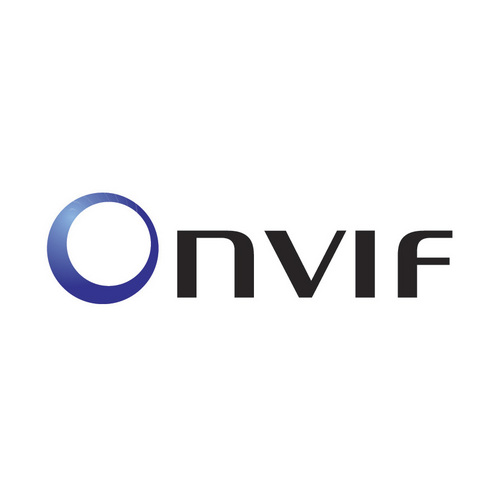
Within the security market, hybrid environments are becoming more and more common. With a myriad of products from different manufacturers, wouldn’t it be nice, with little or no effort, to have these products work seamlessly with one another — a true plug-and-play scenario? Standards-based interfaces, such as those offered through ONVIF, the open industry forum for IP-based physical security products, have addressed the issue of interoperability among products at a basic level.
While true plug-and-play capabilities can be difficult to achieve across multiple manufacturers, ONVIF addresses this interoperability through the definition of compatible specifications known as Profiles. At a minimum, certain functionalities must be supported for conformance with ONVIF’s profiles for video management, recording, and access control.
For example, Profile S for video streaming specifies how to stream video using RTSP, while Profile G for video recording specifies how to configure and start a recording. The specific details are defined in each respective Profile Specification available from the ONVIF site.
While ONVIF provides a common definition that all of these conformant devices must follow, the challenge has been that while products may be in conformance with a profile, there can be some latitude in the extent to which various products achieve that conformance. Complying with the profile puts everyone on equal footing, but levels of performance may vary from meeting the minimum requirements to well exceeding it. […]
Source: securitynewsdesk.com
